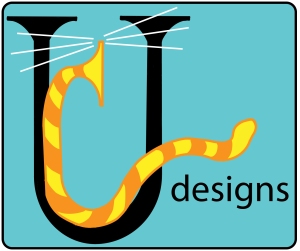This card was made for Craft Roulette #164 whose parameters included a slimline card, tea party colors, a word element and a hand-drawn line.

I started with an 8 1/2 x 3 3/4 inch top fold slimline white cardbase. The word element “TEA” is die-cut into the front decorative paper which comes from Graphic 45’s Alice’s Tea Party Collection. “Time for” was hand-drawn as was the required line below it.

To pop-up the inside scene, I used Karen Burniston’s Little Labels Pop-Up. The stamped and water-colored mice having a fun party are drawn by Anita Jeram.

I popped-out the mouse spooning sugar with a double layer of foam squares.

Just like the inside background panels, the card back was decorated with two stripes of decorative papers taped together and the die-cut using the largest crosshatch rectangle from Karen Burniston’s Long Rectangles-Crosshatch. The cut outs of “TEA” from the front panel were glued onto the back .

Thank you for reading this blog post. I hope this inspires you and makes you smile. Please like and leave comments 😊
Materials Used:
Dies
- Karen Burniston in cahoots with Riley and Company – Little Labels Pop-Up – 1183
- Karen Burniston in cahoots with Riley and Company – Long Rectangles – Crosshatch – 1151
- Momenta – 1 1/2 in Alphabet – Cursive All Caps
Stamps
- Colorado Craft Company – Clear Stamps & Dies – Tea Time Fun by Anita Jeram
Papers
- Graphic 45 – 12×12 Double-Sided Paper Pad – Alice’s Tea Part Collection
- Stampin’ Up – Thick Basic White Cardstock
Ink
- Memento – Fade-Resistant Dye Ink – Tuxedo Black
- Ranger – Tim Holtz – Distress Watercolor Pencils – Set 2
- Pigma – Mircon 01 Fine Tip Pen – Black
- American Crafts – Metallic Marker – Silver
Adhesives
- Neutral PH Adhesive by LINECO
- Fine-Tip Glue Bottle
- Scrapbook.com – Double-Sided Tape -1/8-inch wide
- Foam Squares
Tools
- Die Cutting Machine
- Stamping Platform
- LDRS – Stampendable Stamping Tool
- Stamping Cloth
- Scissors


























































